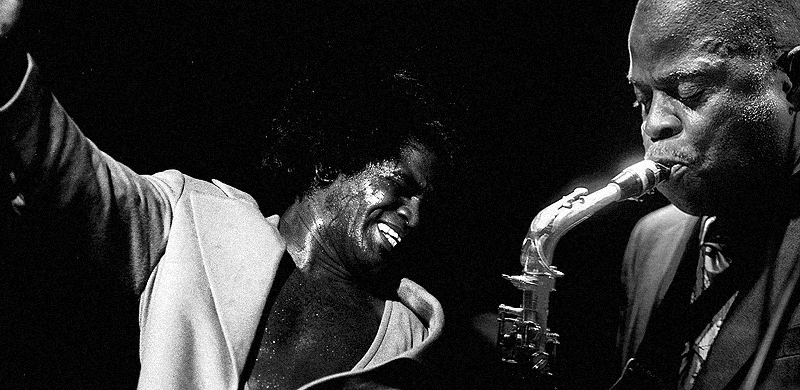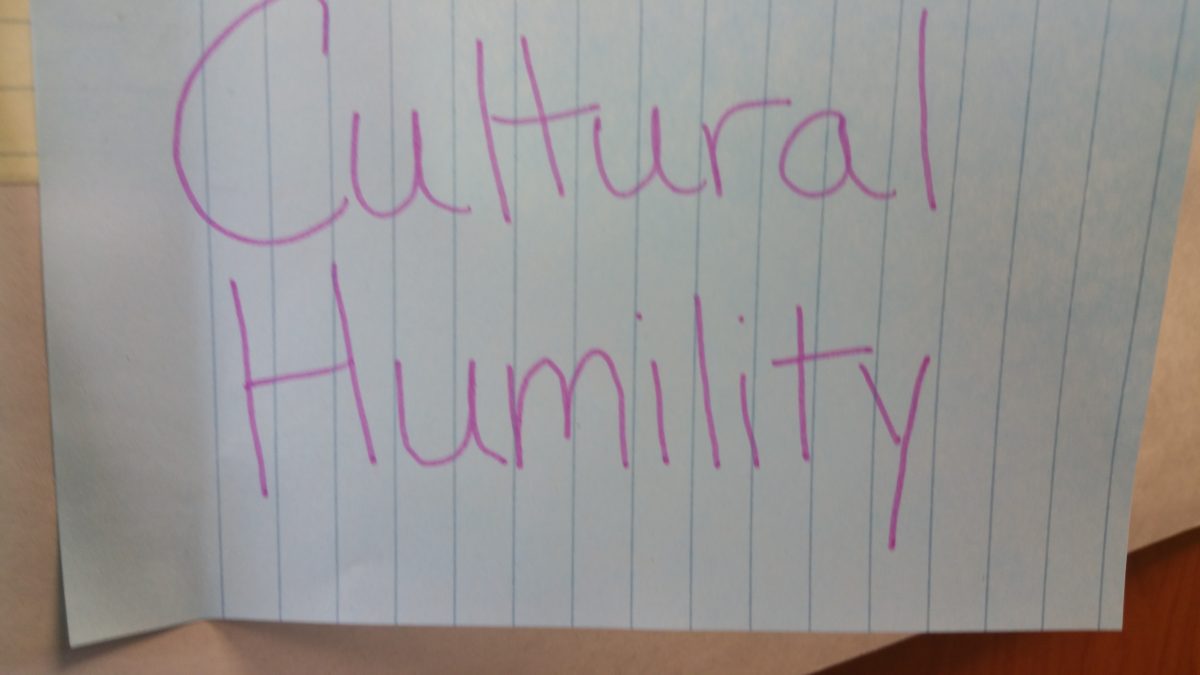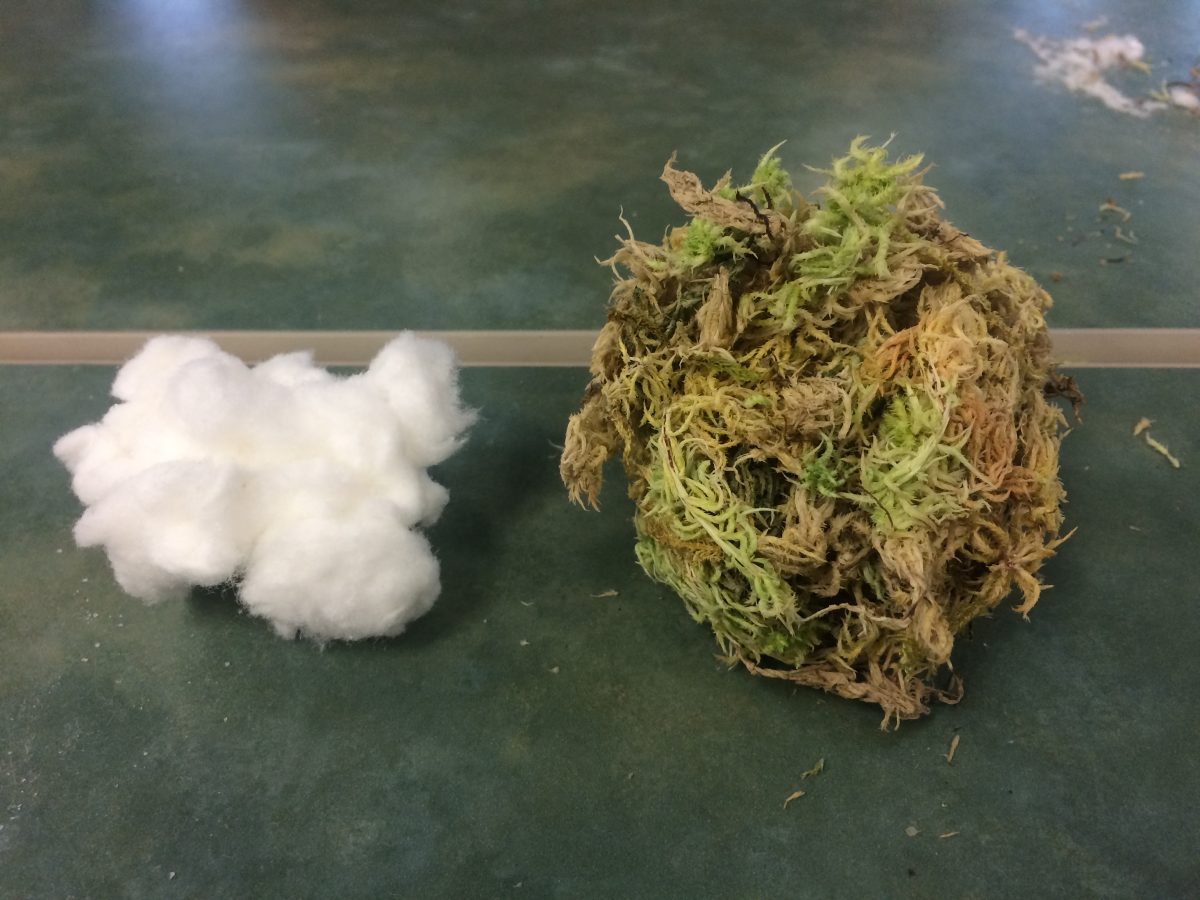I would love to be able to tell a story of success and idolatry but that never happened in my formative years growing up and going to school in this town (Juneau). I can never say that any of my teachers connected with me on the level spoken of and encouraged in the Parker Palmer reading. Some of my teachers had a few of those traits, but it wasn’t consistently shared with everyone. I understand that in large classes, there are a lot of middle of the road students that seem to do well enough academically, that they do not “need” the attention that the best students need or the struggling students require. My saving grace was that I knew how to read and was able to decode instruction most of the time. Due to that, I was often invisible to the eyes of my educators. There were times during cultural events and history months that I may have gotten some extra attention, but that was not what I needed as a student.
My favorite teacher experiences didn’t happen until many years later when I was in college and able to focus my field of study into an area that I liked and found personal meaning for. Dr. Jamal Martin, known to his students as Dr. J, is my favorite teacher. I can only imagine the level of success I may have encountered sooner in life if I had had a positive mentor like him while I was growing up. He was a professor in the Africana Studies program and even though he would be lecture heavy, the information that he would share would be necessary for our survival in the world. I can appreciate the value of knowledge and how it can be used to dismantle institutions that have historically held people’s hearts, minds, and bodies captive. He would give us projects that would force our research further and show us the importance of knowledge and the role that it has played in the survival of people worldwide. I appreciate him because my input and research was always valued and welcomed. He understood what it meant to be a single mother of color in the US trying to go to school and make a better life for herself and her child. He never judged me for taking the time that I might need to contemplate the information we may have researched or to complete a project.
I plan to be a teacher much like Dr. J and to create a space where my students feel valued and that they know they are successful in. My students will not be invisible. That will be my super power.





